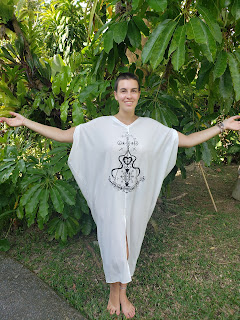Recycled vs.Regular Clothing
As Americans become more aware of the impact of their purchases, the
market for recycled clothing has increased tremendously. Even the
regular clothing industry has responded to increasing environmental
awareness, with products made from organic fibers such as cotton and
hemp. Your clothes and personal effects account for nearly 5 percent of
the solid waste you generate. The
environmental effect of your purchases varies with the type of clothing.
Recycled Materials
 If you have clothes made with fleece, chances are you are wearing
recycled clothing. Recycled polyethylene terephthalate plastic labeled
1-PET is a source for fleece, polyester and other materials. The
plastic's resistance to solvents makes it a good choice for making
fleece clothing. Its resiliency improves the durability of outdoor
clothing over that of regular clothing. Recycled clothing from plastic
offers an additional benefit of reducing landfill waste.
If you have clothes made with fleece, chances are you are wearing
recycled clothing. Recycled polyethylene terephthalate plastic labeled
1-PET is a source for fleece, polyester and other materials. The
plastic's resistance to solvents makes it a good choice for making
fleece clothing. Its resiliency improves the durability of outdoor
clothing over that of regular clothing. Recycled clothing from plastic
offers an additional benefit of reducing landfill waste. Costs
Regular clothing often costs more than recycled because of the
expenses involved in using raw materials. Clothing made from natural
fibers such as wool or cotton has a high carbon footprint because of the energy needed to bring these items to market. For many natural goods, the farm
stage incurs the greatest cost. Recycled clothing, on the other hand,
has a ready supply of materials from sources like recycled plastic. This
factor makes such items more affordable.
Environmental Impacts
Regular and recycled clothing contribute to pollution to some degree.
Regular clothing made from synthetic fabrics is environmentally
expensive. Petroleum is used as a raw material and for the production
process. The result is an increase in energy use and greenhouse gas
emissions. Recycled clothing eliminates the need for petroleum as a raw
material and offers a more eco-friendly alternative. On the downside,
the affordability of recycled clothing might make you more likely to
discard it.
Benefits
Both recycled and regular clothing share a trait regarding
reusability. Either type can be repurposed into new clothing. The
process varies with the type of fabric. Even clothing that shows signs
of heavy wear can still be reused. Textile recyclers can purchase unsold
or unusable clothing and make new apparel. Recycled clothing has the
edge, however. The potential for recycled clothing has not been reached,
with only 17 percent of used clothing being collected by the secondary
textile industry, based on a 2006 study by Oakdene Hollins of the United
Kingdom clothing industry. This represents a
significant environmental benefit for recycled clothing in terms of
further reducing landfill waste.
Source: nationalgeographic.com


Comments